I was so smiled upon by fortune that I lived, for the month of November, in Berlin, with someone very dear to me. Our life was a flurry of activity, of love and painting, chilled grey days and toasty croissant breakfasts, U-Bahn trips populated by the most curious characters, endless halls of incredible paintings, evenings of Aktzeichnen and steaming blueberry wine and hot cherry beer out of terracotta mugs. We were quickly absorbed into this energetic city.
We gladly sought out labyrinthine artist studio complexes during open studio and exhibition evenings. These were odd experiences, as I generally found myself at a loss when trying to speak with other artists. While physicists might be expected to find some common language with other physicists, artists seem to lack much overlap in either practice or ideas: each is trying to do something in an entirely unconventional way, and each is an artist and –. An artist and a faux-physicist. An artist and a nutritionist. An artist and a geographer. Being an artist who works with paint, not with stale cheese, torn up posters, or contour maps, and lacking a sound understanding of quantum physics (though I suspect, so too was my new artist acquaintance), I was able to have neither intellectual nor practice-based conversation with my apparent colleagues. We are a confused constellation of makers with no true common field. ‘Art’ truly has no meaning; it is not a discipline.

Milchhof, Prenzlauer Berg, Berlin
The ever-thoughtful Gombrich (1972: 4) once wrote, ‘There really is no such thing as Art. There are only artists.’ And a similar impulse drives me to investigate just what makes one an artist, for perhaps by coming at it this way we can better appreciate what good art consists in. Since in these volatile times anything may be branded art, it becomes harder and harder to engage with art, much less appreciate it or gain anything by it. I want to contend that artists need to take a long, hard look at what their job is. My own intuition is that the artist is not an activist, contrary to common opinion. Yet I am certain that artists could strip back all the pseudo-philosophy, tenuous threads with string-theory and shameless narcissism and establish just what makes art a distinct discipline rather than an embarrassing parasite in the bowels of society. I would like to propose a place to start.
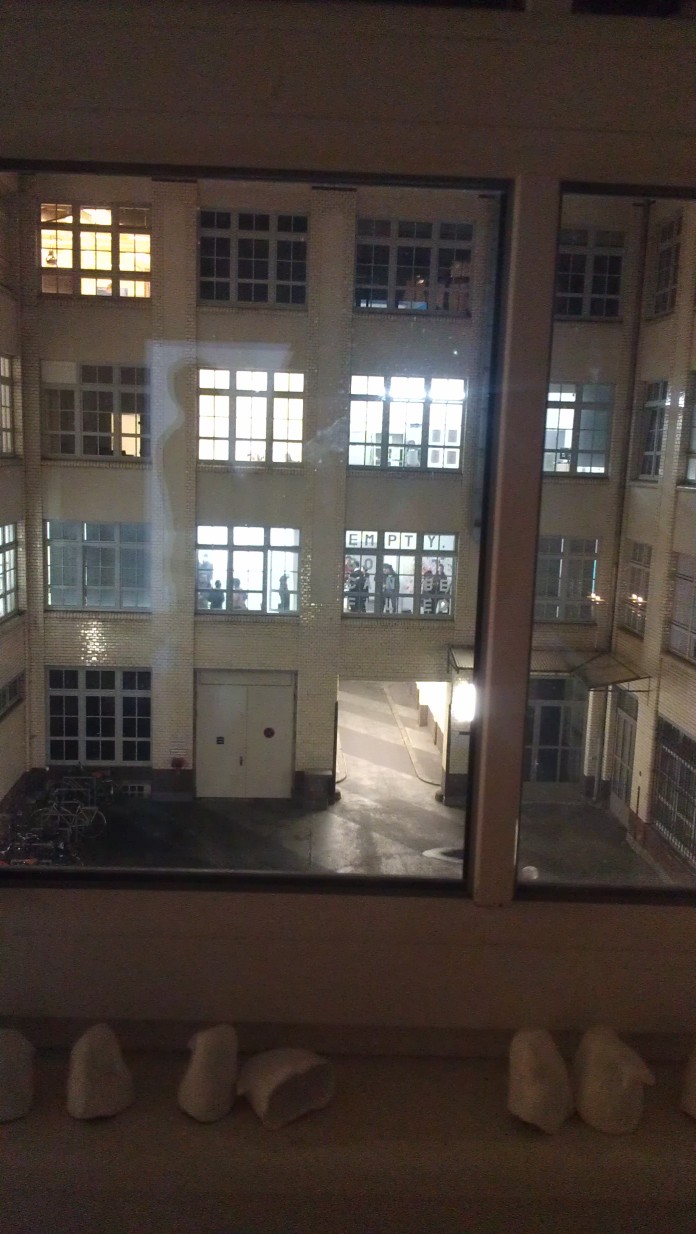
Künstlerhaus Bethanien, Kreuzberg, Berlin
Distinct from musicians, distinct from writers, visual artists are presumably offering something visual to the world. Before we can produce something to be gazed upon, we must ourselves partake in a vast amount of looking. We live in a highly literate society, yet nonetheless one that increasingly relies on visual cues and shortcuts. The artist, in my view, is a person with a distinct ability with the visual: they notice sights that slip under the very noses of those who have important reports to contend with or a head constantly interpreting the world through calculations. Rather than being inward-looking, the artist turns her eyes upon the physical world, appreciating fortuitous arrangements of shape, of space, of colour. Appreciating individuality in appearance, noting cloud formations, watching shadows fade and flicker. Being amazed by the contrast in hue from one plane of a building to another; being absorbed in the mood a hushed evening light casts over a park. Artists are physical creatures, living thoroughly in their bodies, alive to every spark of sensation. This somewhat eccentric revelling in the sheer delight of having a body, of physically intersecting with the world, is what gives artists insights that others often miss. The same sensations are available to all of us, but some of us need more help to notice them. This is where the attentive artist finds herself needed.
The artist is, as John Dewey would phrase it, grounded in experience. The artist’s engagement with the world is not, he argues, qualitatively different from that of the scientist’s; rather, ‘the difference between the esthetic and the intellectual is … one of the place where emphasis falls in the constant rhythm that marks the interaction of the live creature with his surroundings’ (1934: 15). Dewey considers the artistic and scientific modes of thought to differ merely in tempo: the scientist does not have a monopoly on thought, and the artist does not hold exclusive rights to meaning and elusive poetic insights. ‘The artist has his problems and thinks as he works. But his thought is more immediately embodied in the object. Because of the comparative remoteness of his end, the scientific worker operates with symbols, words and mathematical signs’ (1934: 16).
Not only are artists equipped with a particular penchant for observation, for a certain ability to be drenched in the present, but their very thoughts are often visual rather than linguistic or even symbolic. The language of an artist is composed of forms, colours, volumes, shapes, tones, textures. The language itself is very physical, can be moulded with one’s hands in a way that other languages cannot. ‘The artist,’ as Dewey (1934: 16) describes it, ‘does his thinking in the very qualitative media he works in.’
The significance of the physicality of art, of its grounding in perception and experience, is extremely non-trivial. This is an understanding that undermines much contemporary art and its preoccupation with self-expression, shameless self-adoration and cults of personality. For the ‘heightened vitality’ of experience is anything but autobiographical: ‘Instead of signifying being shut up within one’s own private feelings and sensations, [experience] signifies active and alert commerce with the world; at its height it signifies complete interpenetration of self and the world of objects and events’ (1934: 19).
Dewey, John. 1934. Art as experience. Minton, Malch & Company: New York.
Gombrich, E. H. 1972 [1950]. The story of art. Twelfth ed. Phaidon: Oxford.

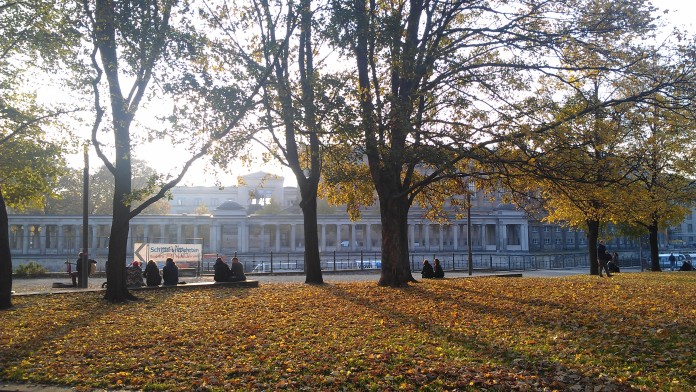
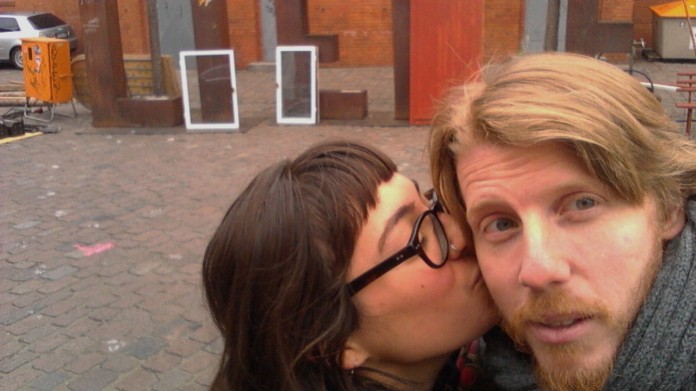
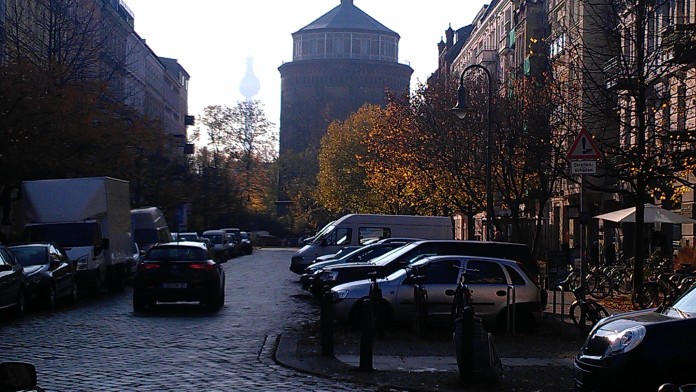
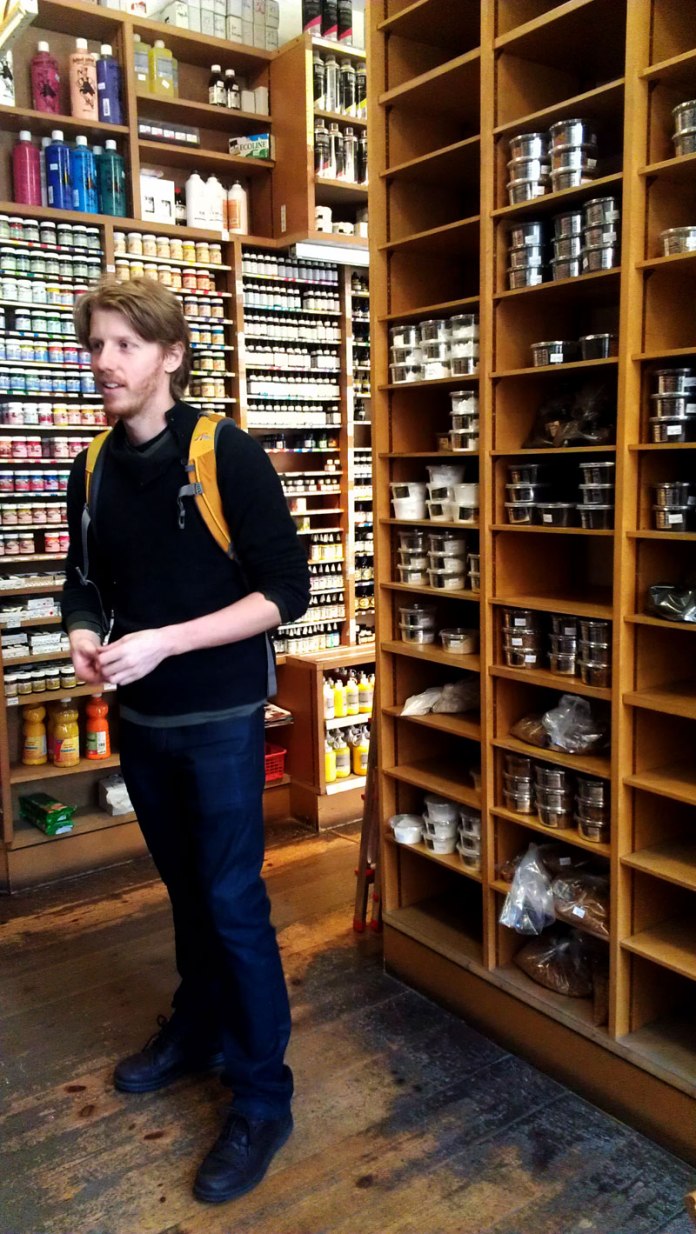
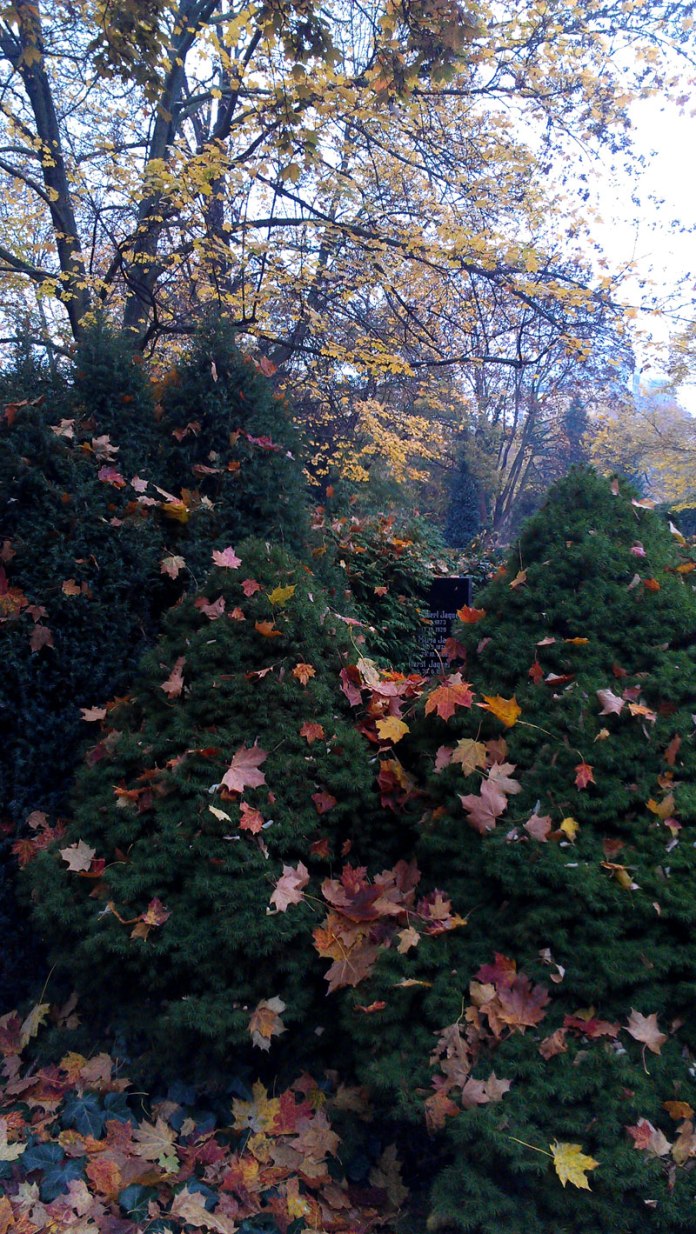
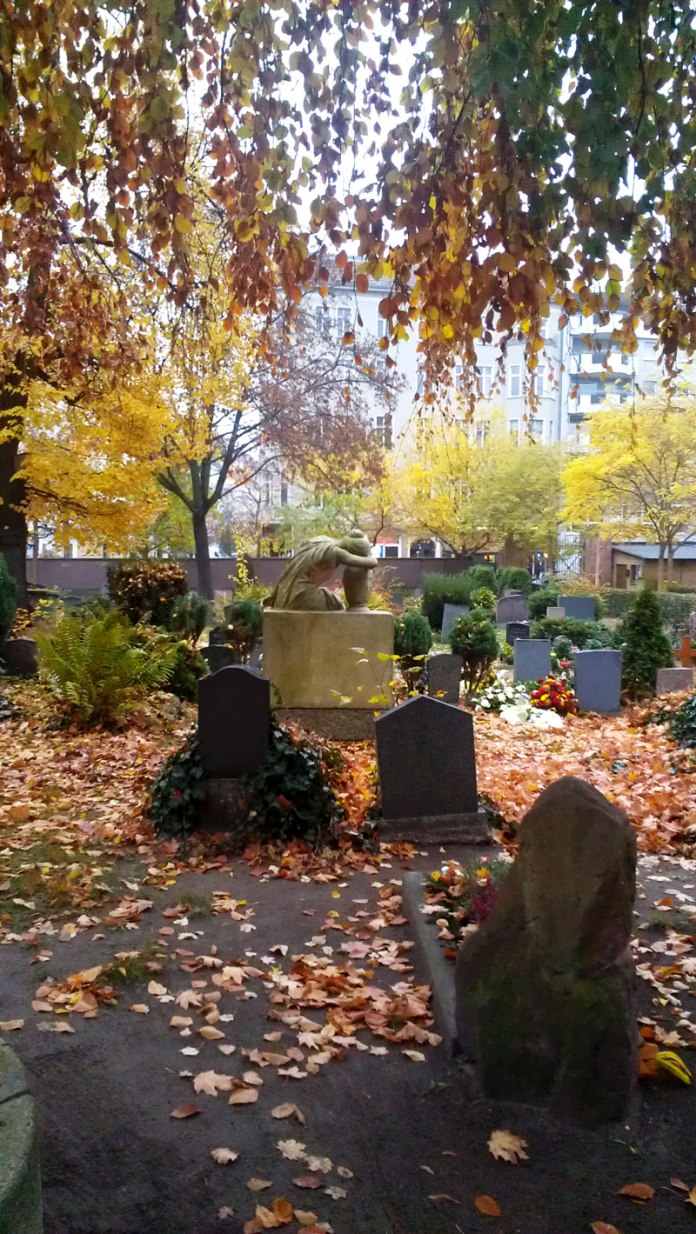
Hey Sam love your blog and seeing you and Ryan together in Germany. I’ve recently been listening to Grayson Perry, a contemporary British artist, talk about the art world in a series of Reith Lectures. He puts forward some interesting questions about what is ‘good art’ in today’s world and who decides that it is good in the first place. May be worth checking out in relation to your latest blog. Looking forward to catching up with Ryan in January for some painting instruction and finding out more about his time away. Take care of yourself and have a great 2015. Lots of love Vicky from Byron Bay
Ah great, some more to look into! Thanks Vicky. Enjoy the classes, and make sure to give the boys a hard time with the hardest questions you can think of. Liebe Grüße! x
Pingback: The Duchess’s bookshelf of becoming super excellent | The Duchess
Pingback: Antipodes | The Duchess